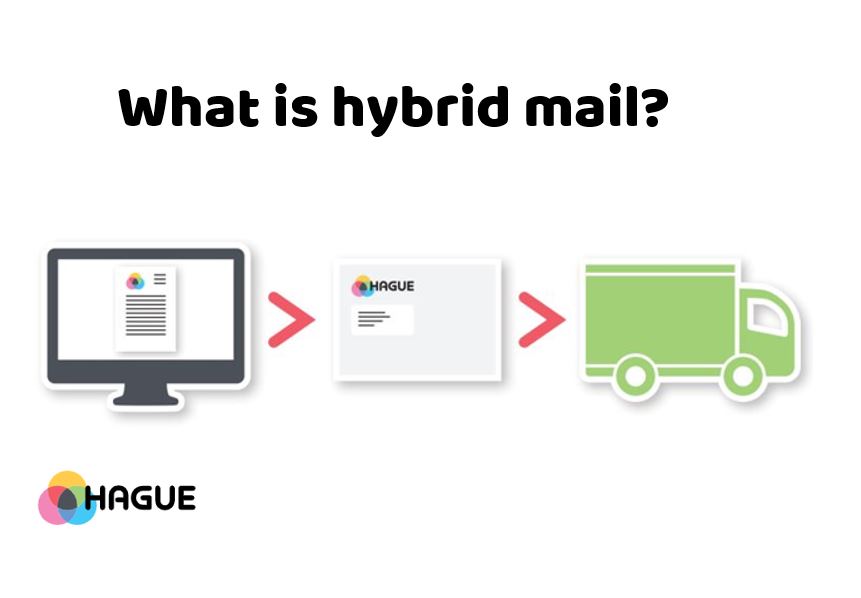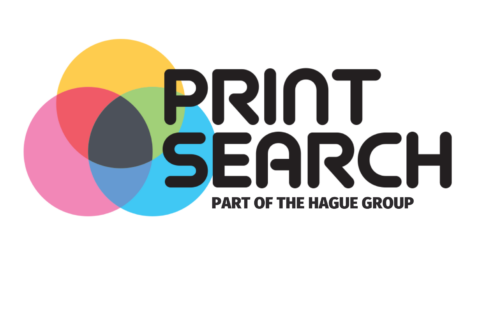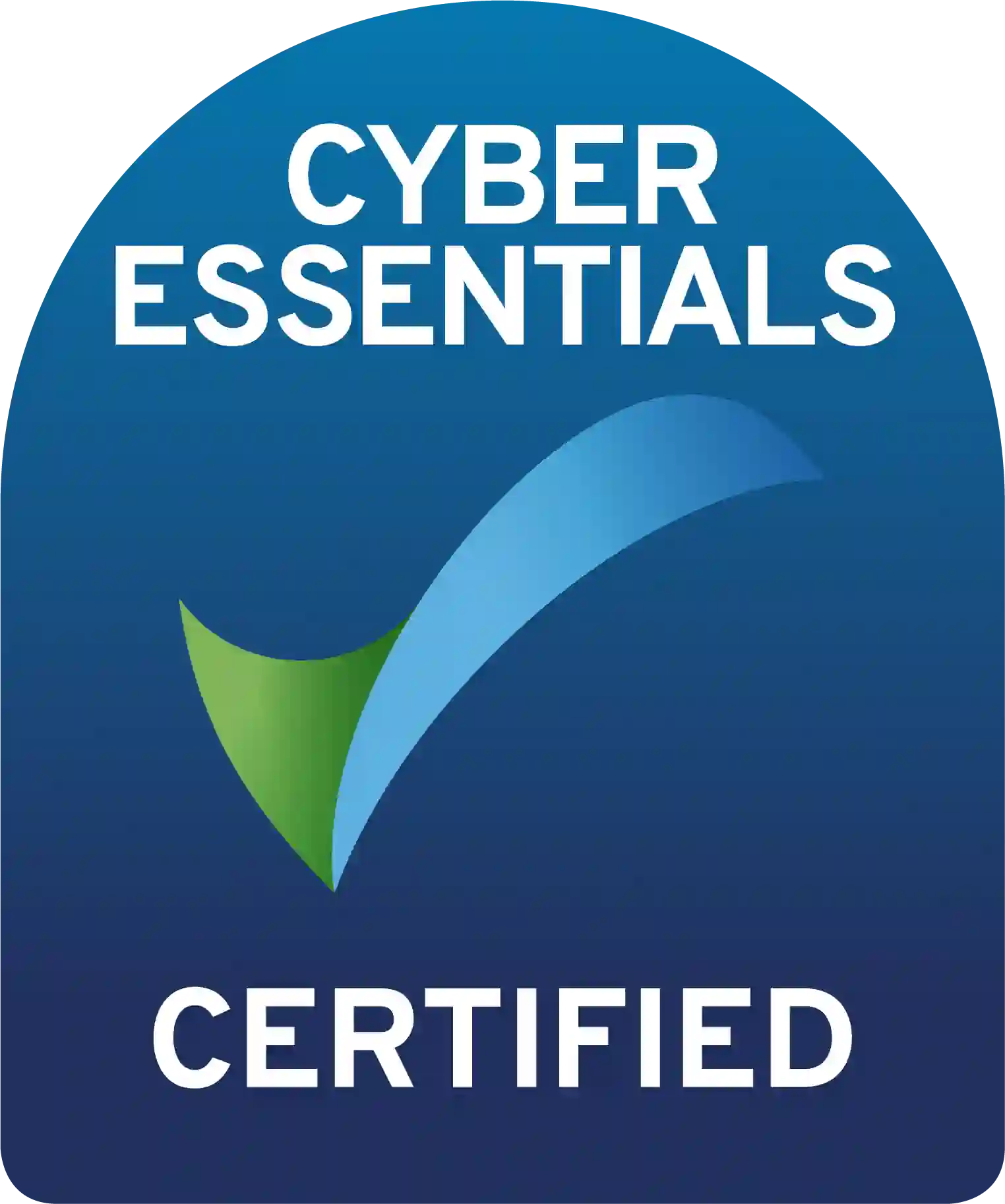What is Hybrid Mail? Exploring the Benefits of Digital-Physical Mail Integration.

In today’s fast paced business world, staying competitive means adapting to new technologies and finding innovative ways to streamline operations. Such innovation that has gained significant traction in recent years is Hybrid Mail. This revolutionary approach to mail management offers businesses a cost effective, efficient, and environmentally friendly way to handle their outgoing mail. In this blog post, we’ll explore what Hybrid Mail is, how it works, it’s advantages, common uses, and how to implement it in your organisation.
What is Hybrid Mail?
Understanding Hybrid Mail
Hybrid Mail is a cutting edge solutions that combines the benefits of both digital and physical mail. It allows businesses to create and send physical mail, such as letters, invoices, and statements, without the need for printing, stuffing envelopes, or trips to the post office. Instead, companies can compose their mail electronically and then outsource the printing, sorting and delivery to a Hybrid Mail provider.
How Hybrid Mail Works
The process of Hybrid Mail involves several key steps:
1. Digital composition
Users create their mail digitally following a Hybrid Mail template, determined by their service provider, allowing for customisation, branding, and personalisation of the content.
2. Upload and Verification
Once the digital mail is ready, it is uploaded to the Hybrid Mail platform.
3. Printing and Sorting
The Hybrid Mail provider processes the digital files and prints the documents on high-quality paper. These documents are then sorted and prepared for delivery.
4. Delivery
The printed mail is sent via postal or courier services to the intended recipients. Some Hybrid Mail services offer tracking options to monitor the mail’s progress.
5. Confirmation
Users often receive confirmation and delivery reports, ensuring that their mail has been sent successfully.
Advantages of Hybrid Mail
The adoption of Hybrid Mail offers numerous advantages for businesses:
1. Cost Savings
Hybrid Mail reduces costs associated with paper, ink, envelopes, postage, and manual labour. Businesses can also eliminate the need for expensive mailing equipment and maintenance.
2. Time Efficiency
By automating the mail creation and delivery process, Hybrid Mail saves valuable time. Companies can focus on core tasks while their mail is managed efficiently.
3. Environmental Benefits
Reducing paper usage and optimizing mail routes can significantly decrease a company’s environmental footprint, making Hybrid Mail an eco-friendly option.
4. Professional Appearance
Hybrid Mail allows businesses to maintain a professional image through high-quality, branded mail without the hassle of in-house printing and mailing.
5. Scalability
Hybrid Mail can easily accommodate fluctuating mail volumes, making it suitable for both small businesses and large enterprises.
What is Hybrid Mail Used For?
Hybrid Mail can be used for various business communications, including:
- Invoices and Statements: Efficiently send bills and account statements to customers.
- Marketing Campaigns: Create and distribute promotional materials to target audiences.
- Employee Communications: Send internal memos, newsletters, and announcements.
- Customer Correspondence: Stay in touch with customers via personalized letters or notices.
- Legal and Compliance Documents: Ensure secure and timely delivery of critical documents.
Implementing Hybrid Mail in Your Organization
To harness the benefits of Hybrid Mail, follow these steps for implementation:
- Assess Your Needs: Determine your organization’s mailing requirements, volume, and budget.
- Choose a Provider: Research and select a reputable Hybrid Mail service provider that aligns with your needs.
- Integration: Work with the chosen provider to integrate their software or platform into your existing systems.
- Training: Train your team members on how to use the Hybrid Mail system effectively.
- Start Sending: Begin sending your mail digitally through the Hybrid Mail platform.
- Monitor and Optimize: Continuously evaluate the performance and cost-effectiveness of your Hybrid Mail strategy. Make adjustments as needed.
In conclusion, Hybrid Mail is a game-changer for businesses seeking to streamline their mail processes, reduce costs, and enhance efficiency. By combining the convenience of digital communication with the tangible impact of physical mail, organizations can improve customer relationships and stay competitive in the digital age. If you haven’t explored the advantages of Hybrid Mail yet, it might be time to consider this innovative solution for your business needs. Get in touch today to find out more.















